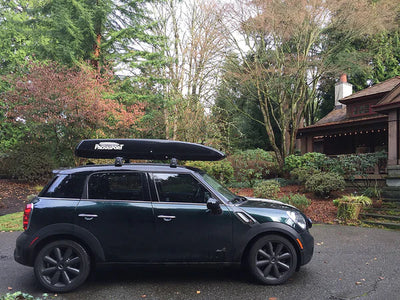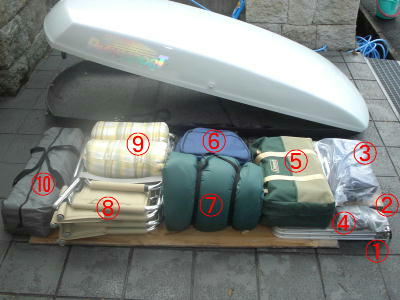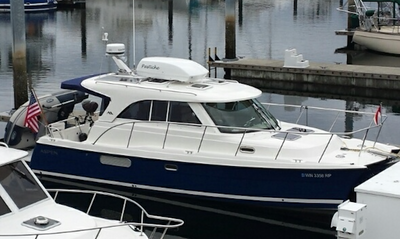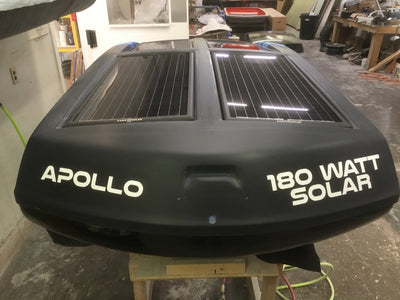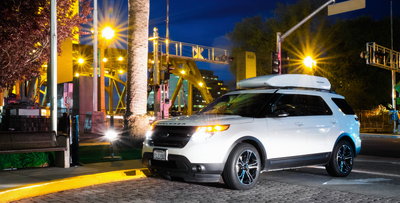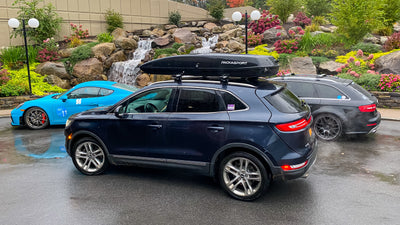How to Secure Items To A Roof Rack of Car
Are you planning a road trip and need to find ways to store extra items for the journey? Roof racks are a great solution, providing plenty of space inside your car and allowing you to secure larger elements such as bikes, skis, and even kayaks. However, it's not enough to fit whatever item you're carrying onto the roof rack – you must also ensure they're securely tied down before driving off. This blog post will go through how to properly tie any object on a car roof rack so that everything is safely attached during transport. We'll provide instructions tailored for both straps and ratchet systems, helping ensure an easy yet safe ride no matter where your vehicle takes you!
Benefits of Securing Gear to the Roof Racks
Securing gear to rooftop cargo carriers provides a reliable form of cargo transportation. It eliminates the potential risks of having your belongings in an open truck bed where they can shift or even fly off while driving. Car rooftop carriers provide additional helpful clearance when parking in tight spaces or passing low-hanging branches and tunnels. When properly secured, the most common items, such as surfboards, bicycles, and camping gear, will be safe and secure during your travels. While purchasing a roof rack might require an upfront investment, peace of mind is priceless for any traveler looking to go on their journey without leaving everyday essentials behind.
What Types of Tie-downs Work Best
When it comes to tie-downs, there are a variety of options. Whether you are trying to secure materials on the back of a truck or tying down an item you want to move, a tie-down can get the job done right. The type of tie-down you should use will depend on the size and weight of your load. Bungee cords may be sufficient if it is something smaller and lighter, like luggage. However, if you're transporting large and heavy items, straps made from either polyester webbing or chain may be necessary to provide adequate support. Additionally, secure the cargo with a ratchet or cam buckle tightener for optimal safety when driving. Taking into consideration your specific needs and using the appropriate tie-downs will ensure a sturdy, safe loading process.
6 Tips to Tie Cargo Boxes to a Car Roof
Know the Weight and Size of the Cargo Bag
Before you start tying anything to your car roof, it's important to consider the weight and size of the object you're planning to attach. Overloading your car's roof with heavy cargo can not only compromise its balance but can also be incredibly dangerous for you and other drivers on the road. Exceeding the roof's weight capacity can also damage your car's suspension system. Therefore, always check your vehicle owner's manual to determine its roof weight limit.
When it comes to the object's size, it's essential to note that some items, like kayaks and canoes, can extend beyond the length of your vehicle's roof, which may pose a risk even if it's secured. It would be best if you used a roof rack designed for such a requirement for these cases. Roof racks offer additional support, making it easier to safely transport longer items on the roof, avoiding slipping off or bumping into other cars on the road. Before installing anything on the car's naked roof car, it's wise to read the owner's manual. Know which metal structure suits the best and how much weight roof boxes can carry.
Check Placement and Safety Requirements
Before you hit the road, check that the load is correctly secured to the roof. Ensure that no part of the load is overhanging, which may cause accidents. Properly secure cargo net or cargo bags with side rails using tie-down straps. Check there are no dangling straps, cords, or ropes, as they can whiplash in the wind – creating a potential hazard. Also, be mindful of the way you tie your objects to your roof. Use strong enough cords to handle the weight, tie them firmly, and use multiple lashings as necessary. Use knots that you are familiar with - this is not the time to try out a new knot or experiment with custom solutions as it may fail in seconds.
Lastly, check that the objects are clear of your visibility; it could be tricky if items sit higher above your car than others. Also, be cautious of height clearance regarding overhead garage doors or low clearance areas, as you might damage your load or your vehicle if you ignore them.
Use Secure Tie-Downs
When looking to tie things to a car roof, it's essential to use secure tie-downs. This will help ensure that the load is stable and won't move around during transportation. Some popular tie-down types include ratchet straps, cam straps, and bungee cords. Choosing the correct type of tie-down for the job is essential to ensure that it's in good condition before use.
The tie-downs like ratchet straps should be attached to sturdy anchor points on the car roof, such as roof rails or cargo bars. When securing the load, it's crucial to distribute the weight evenly and avoid overloading one side of the roof. Furthermore, over-tightening the tie-downs can damage both the load and the roof, so it's essential to keep them taught without overdoing it.
Choose a Suitable Roof Rack
Another essential factor in securing a load to a car roof is choosing a suitable car roof top carrier or rack. A roof rack provides the necessary support and prevents items from sliding around during transportation. Roof racks come in various sizes and styles, so choosing the right one for your load is vital.
Some roof racks are designed to fit specific types of vehicles. Others are adjustable and can accommodate different types of cars. When selecting a roof rack, consider the weight capacity, aerodynamics, and ease of use. Bear in mind that using a roof rack adds height to the vehicle, so it's essential to be mindful of low clearances such as bridges or parking garages.
Secure tie-downs and choosing a suitable roof rack are crucial when tying things to a car roof. By following these tips and taking the necessary precautions, you can ensure that your load is stable and secure during transportation.
Check the Cargo after Securing
One of the most common mistakes when tying objects to a car roof is not checking the cargo after securing it. Always double-check that your items are attached correctly and have stayed the same during travel. Loose objects can be dangerous and cause accidents on the road, so it's essential to check them regularly. Pull over every so often when transporting cargo to check that everything is still in place.
Test Load
Before taking off, it's crucial to test the load you're carrying. The weight and size of the objects can affect the handling of the car, making it more difficult to control. Excess weight can cause your tires to wear out more quickly or the car's suspension to work harder, affecting fuel efficiency. Therefore, it's essential to distribute the weight evenly when tying objects to the roof. Going on a test drive before your planned journey is suggested to test out how the weight on the roof affects the car.
Conclusion
Knowing how to tie things to the car roof racks is a skill that all drivers should acquire. A few simple steps to accomplish this task include selecting an appropriate rope and securing knots, such as bow or square knots. Before transporting items on your roof rack, check your load limits, thoroughly inspect your vehicle's roof racks before using them, and ensure that things are tightly secured with bungee cords or straps. Once you've secured items properly and safely, you can hit the road with peace of mind knowing that you're in compliance with all the relevant laws and have taken every precaution necessary to protect yourself and your family while driving. Not only is this kind of safety practice indispensable when it comes to driving, but it also gives us a chance to brush up on our knowledge of basic knots – making us even more crafty individuals!

